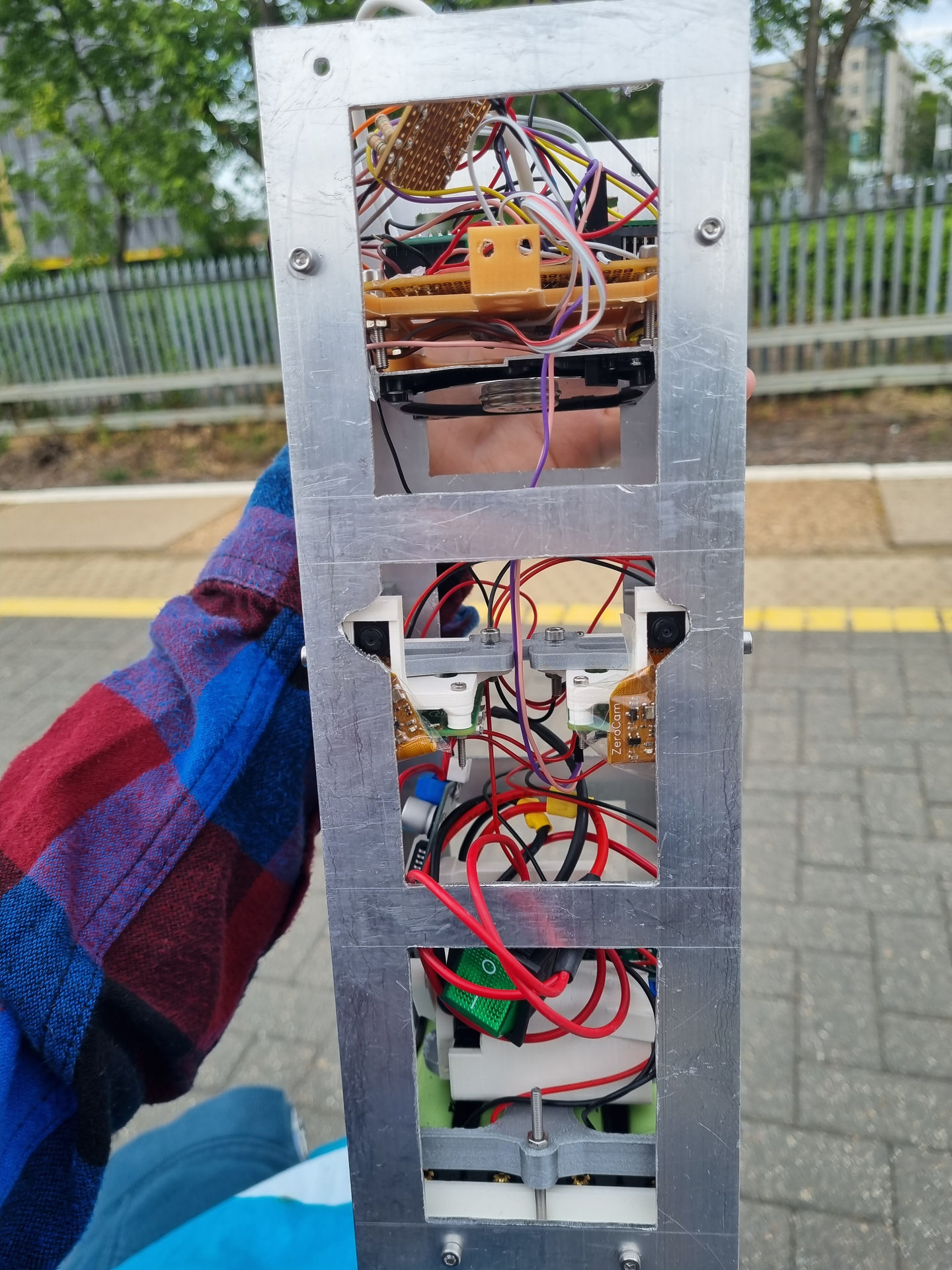SuperIOT Pitch Slides
Who am I?
I’m Murray
On my third year on the Computer Science Integrated Masters
Electronics Experience
Mostly home automation, with ESP-32/8266
E.g. remote-controlled lights, motion sensors, climate sensors
Halloween scarer
Electronics assembly and firmware/software programming for UKSEDS Satellite Design Competition

Relevant Programming Experience
Lots of experience with networking, e.g. websockets, HTTP servers
Networking experience mostly in Rust & Python
Embedded C for Applied Cryptology unit
Relevant Programming Experience
C++ for microcontroller work, also Computer Graphics unit (lots of optimisation involved)
Team project involved heavily optimising physics calculations on the GPU
The Problem
One of the major reasons to go to a conference is to network
Often you forget people’s names, or forget to take contact information
Some people have accessibility issues that make it harder to network such as social anxiety, or hearing difficulties
The Solution
Electronic conference badges that can keep track of everyone you speak to
At the end of the day you can see a log of who you spoke to, when, and where (if integrated with Indoor Positioning System)
But how?
Front-facing NBVLC diodes next to E-Ink display (is this a feasible adaptation from your existing RIoT node?)
NBVLC broadcasts identifier
Other badges receive identifier and keep track of how many receives, time, signal strength
What about false positives?
Mostly dealt with by NBVLC requiring line of sight and conferences being busy - far away badges will be blocked
Sort list of people by exposure time, signal strength, location (e.g. de-prioritise matches in seminar rooms)
Potentially reduce FOV of NBVLC
User Interaction
Instructions displayed on E-Ink display, inc QR code for connecting
Bluetooth connection to mobile app
Energy Optimisation
Most power usage in setup/retrieval profile (E-ink updating, BLE connected)
During standard operation, power-hungry BLE is disabled, and E-ink never updates
NBVLC transmit performed infrequently as 6x more expensive than receive (per your paper)
NBVLC receive may not need to be constant, due to length of conversations